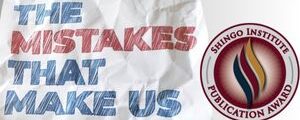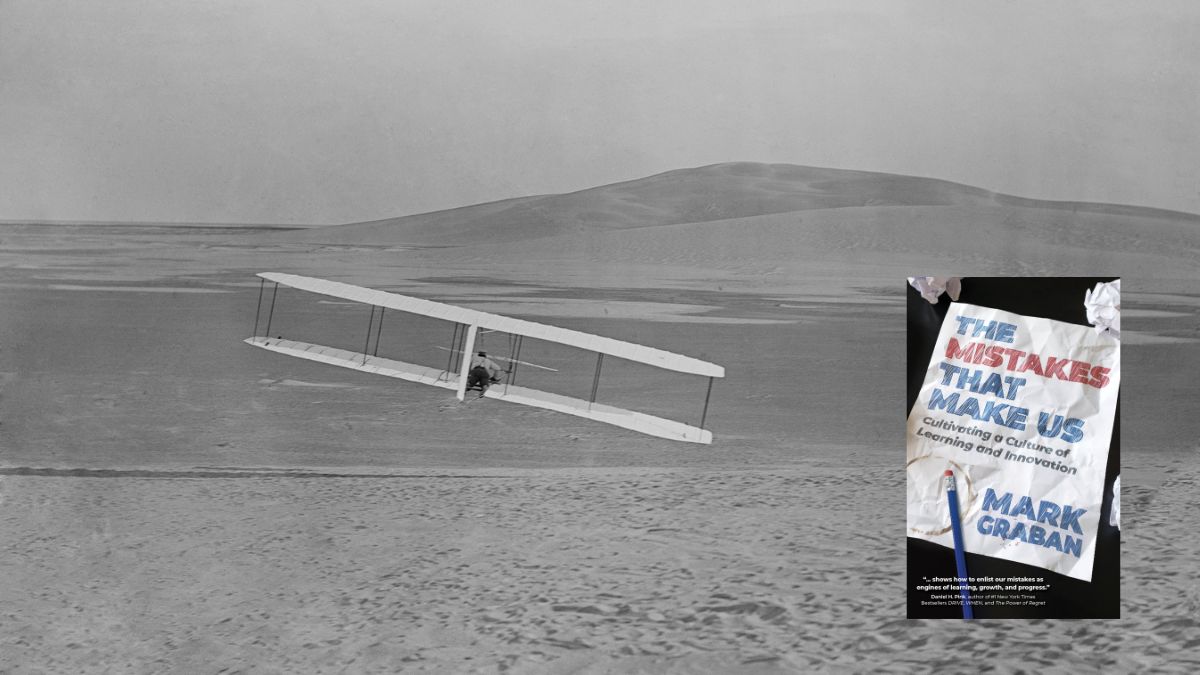The Beginning of Flight: A Story of Perseverance and Progress
When we think about success, we often overlook the essential role of failure in achieving it. This concept is vividly illustrated in the journey of the Wright Brothers, Orville and Wilbur Wright, whose pioneering efforts in aviation were marked by trials, errors, and ultimate triumph.
Mistakes: The Stepping Stones to Success
In my book, “The Mistakes That Make Us: Cultivating a Culture of Learning and Innovation,” I explore the nature of mistakes. Mistakes are actions or judgments that prove misguided or wrong, arising from decisions that yield unexpected outcomes. They represent a gap between what we anticipate and what actually happens.
The Wright Brothers’ Path to Innovation
Journalist and author Mike Ulmer reminded me of the famous first flight of the Wright Brothers’ plane, which lasted only 12 seconds, covering 120 feet. Was this a failure or a success? It depends on how we look at it.
Some might view that first flight as a failure, but it was progress. If Orville and Wilbur merely expected to get off the ground for any time, there was no gap between expected and actual outcomes.
The Wright Brothers’ first successful flight was actually their second attempt, made three days after first failing to get off the ground, crashing into the sand. They made repairs and tried again.
After the first successful flight, they learned, adjusted, and improved, flying 59 seconds and 852 feet later that day. After that last flight, a gust of wind rolled the plane over, damaging it enough to end their flying season.
Their mistake was not securing the flyer to the ground. They thought not securing it would be OK… or they hadn’t thought of that. But I’m sure they learned from that mistake and other failures. That’s the key to success.
Learning from Each Setback
The Wright Brothers’ journey was not just about the mechanics of flight but also about understanding and adapting to each mistake. Their first flight might not have been perfect, but it was a milestone. The key to their success was their relentless spirit of experimentation and learning from each setback.
Securing the Flyer: A Critical Oversight
One crucial oversight was their failure to secure the flyer to the ground adequately. This mistake, while minor, was part of a larger learning process. It was these very mistakes and their subsequent learnings that paved the way for their historical achievement in aviation.
Conclusion: Embracing Mistakes for Success
The story of the Wright Brothers is a testament to the power of perseverance and learning from mistakes. It echoes the principles highlighted in “The Mistakes That Make Us” – viewing mistakes not as failures but as essential steps towards innovation and progress. As we reflect on their journey, we’re reminded that the path to success is often paved with setbacks, each providing valuable lessons that propel us forward.



